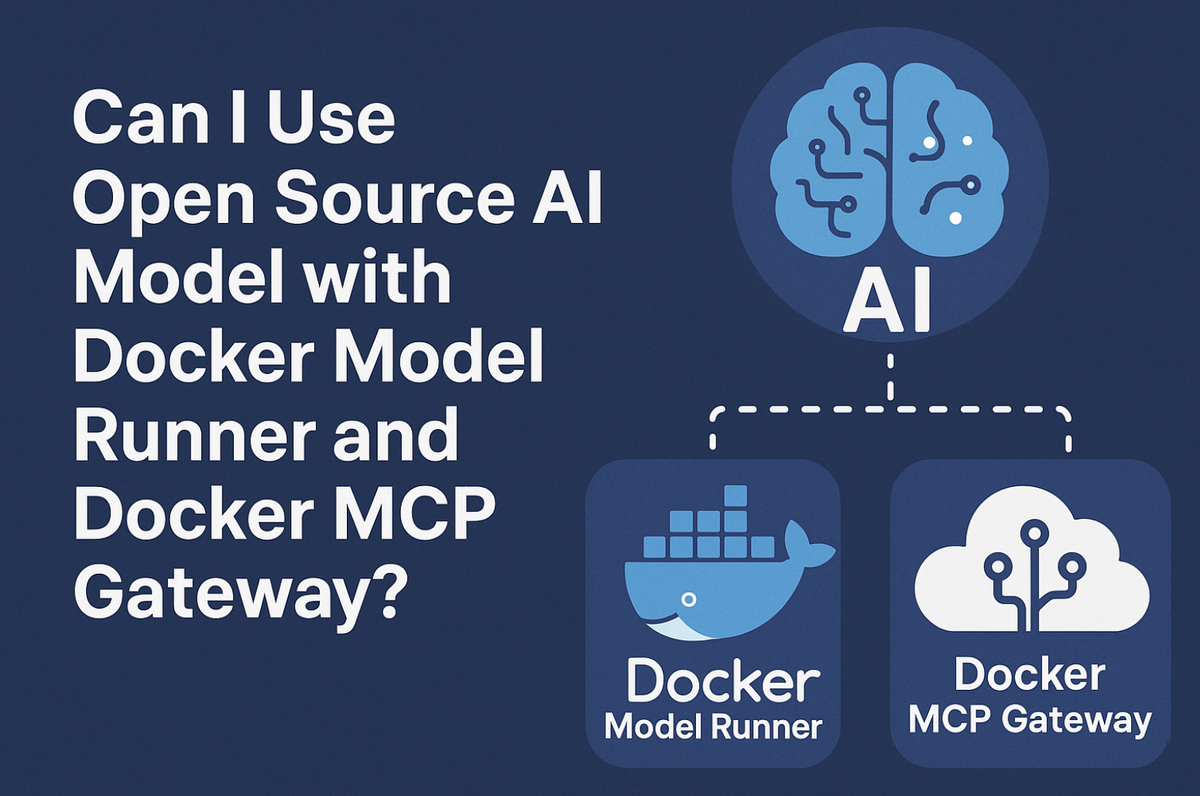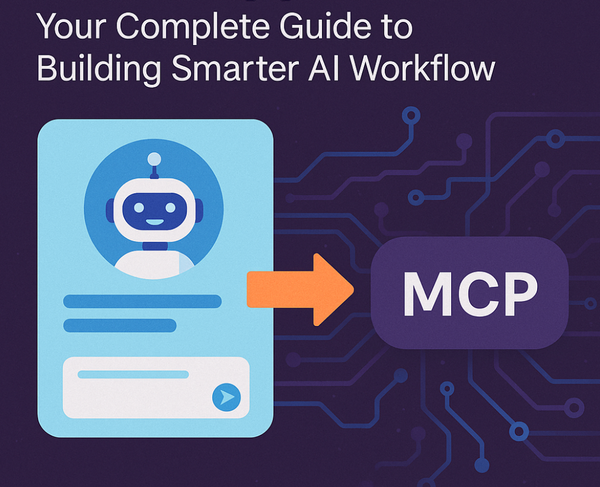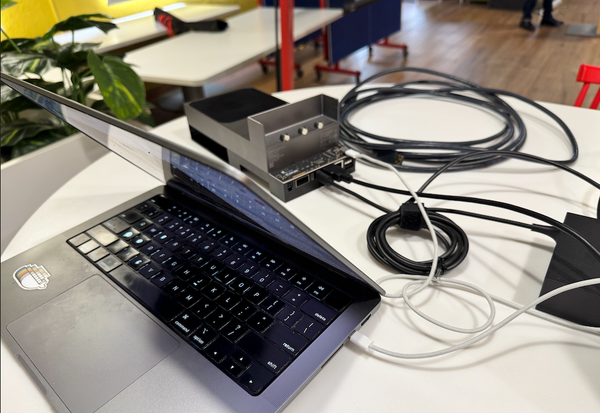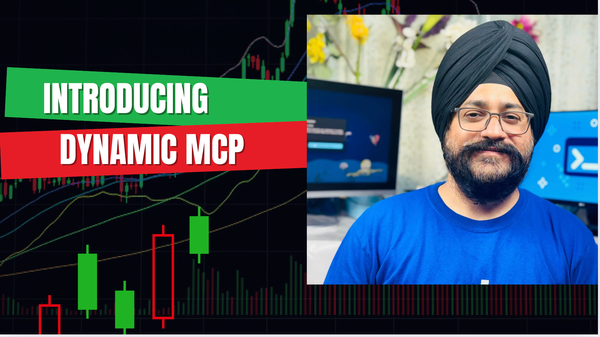Can I use Open Source AI Model with Docker Model Runner and Docker MCP Gateway?
This guide walks you through connecting models from the Docker AI Model Catalog to MCP servers, enabling your applications to leverage both local inference and external capabilities in a secure, reproducible Docker Compose environment.

A common question from our Docker Meetup community: Can I use open source models with the MCP Gateway? The short answer is "Yes".
Docker Model Runner supports seamless integration with the MCP Gateway to enable open source models to access external tools via MCP servers. This architecture separates model inference (handled by Docker Model Runner) from tool orchestration (managed by MCP Gateway), allowing you to:
- Pull and run any model from the Docker AI Model Catalog
- Connect models to external capabilities via MCP servers
- Define the entire stack declaratively in
compose.yaml - Deploy secure, reproducible AI applications with tool access
Here’s a step-by-step guide, with example code, for using an open source model with Docker MCP Gateway.
Step 1: Choose and Pull an Open Source Model

Pick a model from the Docker AI Model Catalog. For example, to use the Gemma 3 4B model:
docker model pull ai/gemma3:4B-Q4_0
This command pulls the model locally using Docker Model Runner. You can substitute any other open source model from the catalog as needed Get started with DMR.
Step 2: Enable and Configure Docker MCP Gateway
The MCP Gateway orchestrates access to external tools (MCP servers). You can run it as a service in Docker Compose. For example, to enable the DuckDuckGo MCP server:
services:latest
mcp-gateway:
image: docker/mcp-gateway: command:transport=sse
- -- - --servers=duckduckgo
This will start the gateway and enable the DuckDuckGo server for tool access.
Step 3: Define the Model and Gateway in Docker Compose

Here’s an example compose.yaml that connects your application to both the open source model and the MCP Gateway:
services: .
my-app:
build: environment:8811/sse
- MCPGATEWAY_ENDPOINT=http://mcp-gateway: depends_on:gateway
- mcp- models: MODEL_RUNNER_URL
gemma3:
endpoint_var: model_var: MODEL_RUNNER_MODEL mcp-gateway:latest
image: docker/mcp-gateway: command:transport=sse
- -- - --servers=duckduckgomodels:Q4_0
gemma3:
model: ai/gemma3:4B- context_size: 10000
- The
modelsblock at the top level defines the model to be used. - The
my-appservice is configured to connect to both the model and the MCP Gateway. - The
mcp-gatewayservice runs the gateway and enables the DuckDuckGo tool
Step 4: Build and Run the Application
From your project directory, start the stack:
docker compose up
This will pull the model (if not already present), start the MCP Gateway, and launch your application. Your app can now use both the local open source model and external tools via the MCP Gateway
Note:
- You can swap in any other open source model from the catalog by changing the
model:line in themodelsblock. - For more advanced configuration, see the Compose models documentation.
This workflow lets you combine open source LLMs with external tool access in a secure, portable, and reproducible way using Docker Compose and the MCP Gateway.



